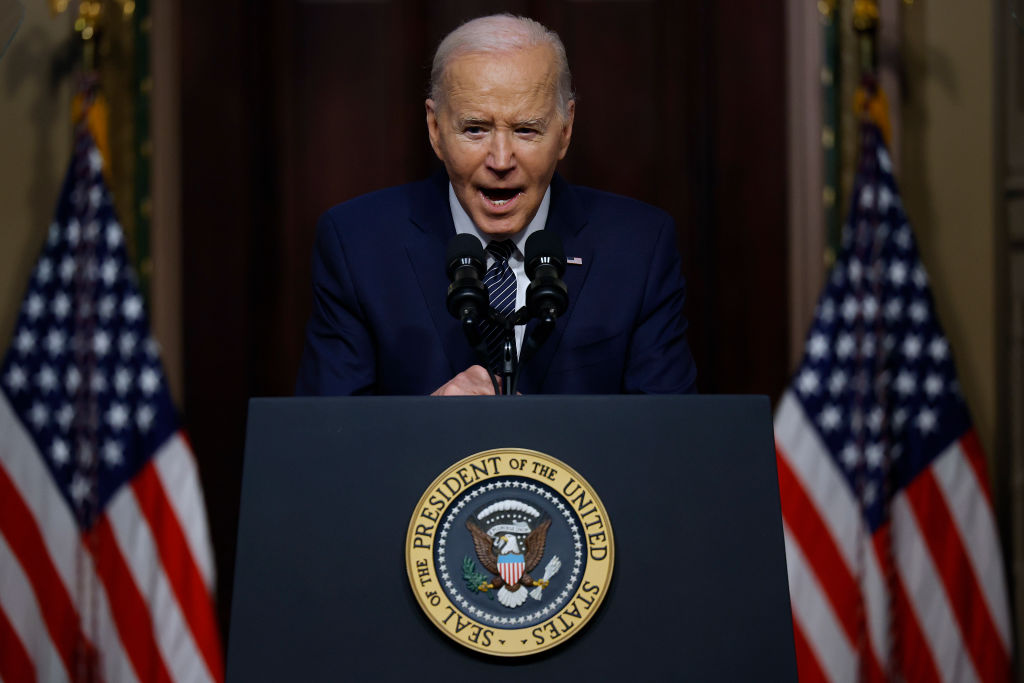TV & Talk
Front & Center

Breaking News
Massie Backs Greene Effort to Topple Johnson
Are House Speaker Mike Johnson’s (R-LA) days numbered? “Rep. Thomas Massie (R-KY) announced Tues ... Read more
Seven Jurors Seated in Trump Hush Money Trial
A few more to go. “With the close of the second day of Donald Trump’s criminal trial, seven juro ... Read more
Soros Gives $60 Million to Pro-Democrat PAC
It’s an election year, and that man is at it again. “A nonprofit founded and funded by [progress ... Read more
LN Exclusives
Free Thinking. Free Speech.
A Free-Thinking Future Starts Here

























